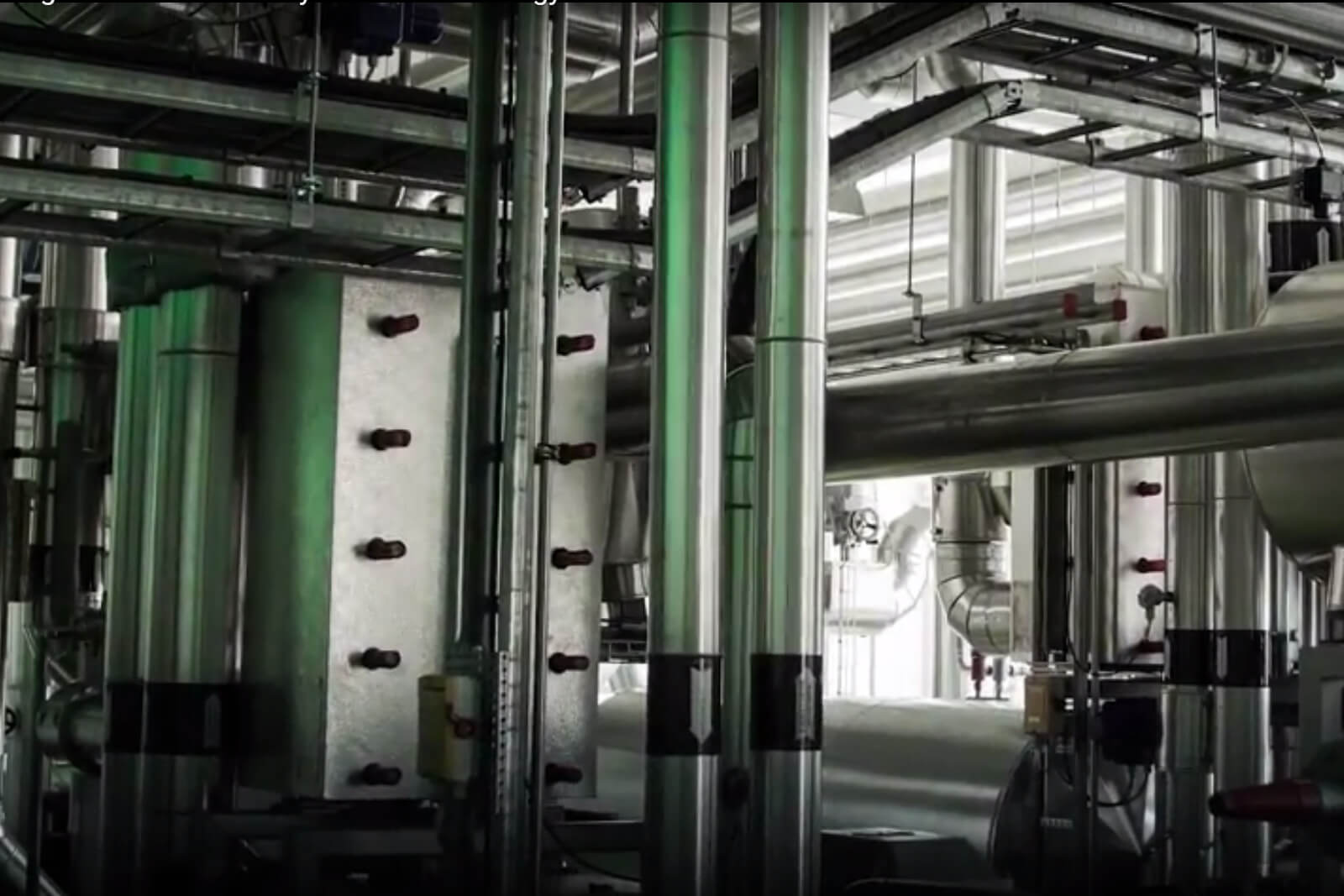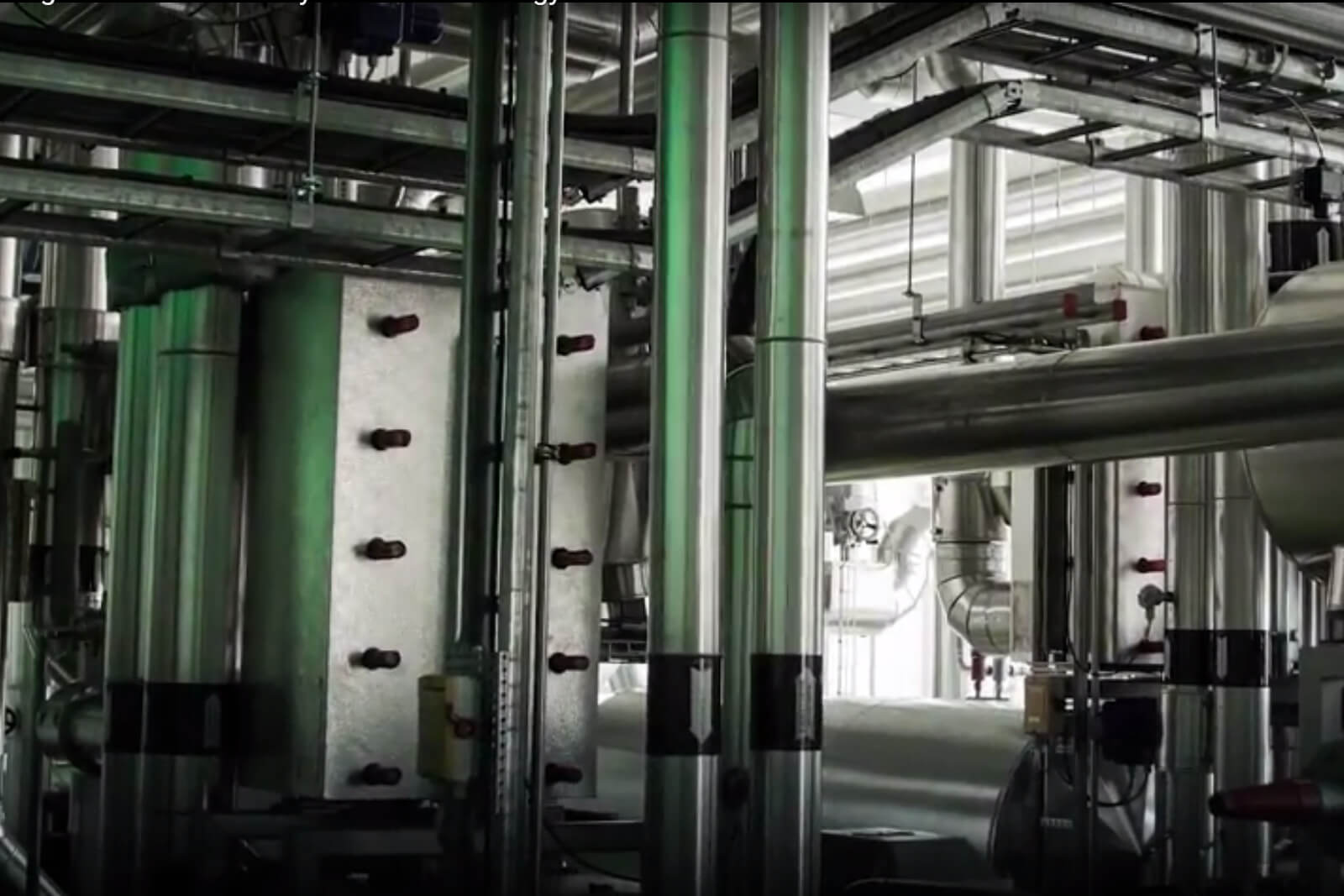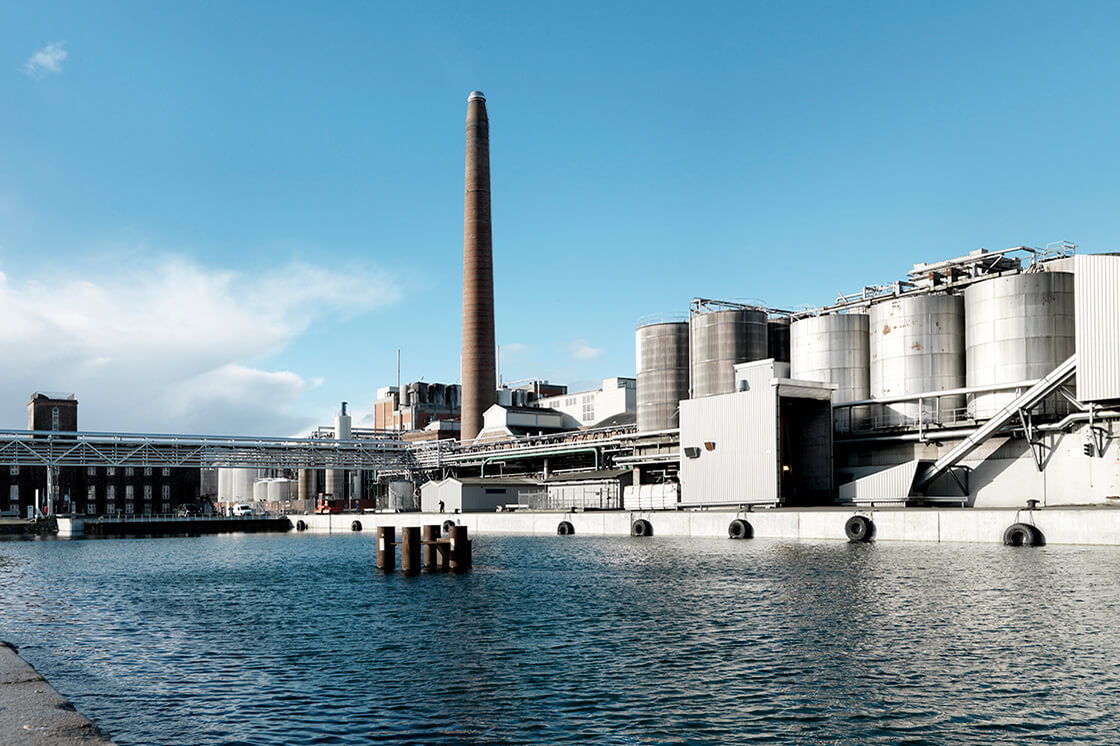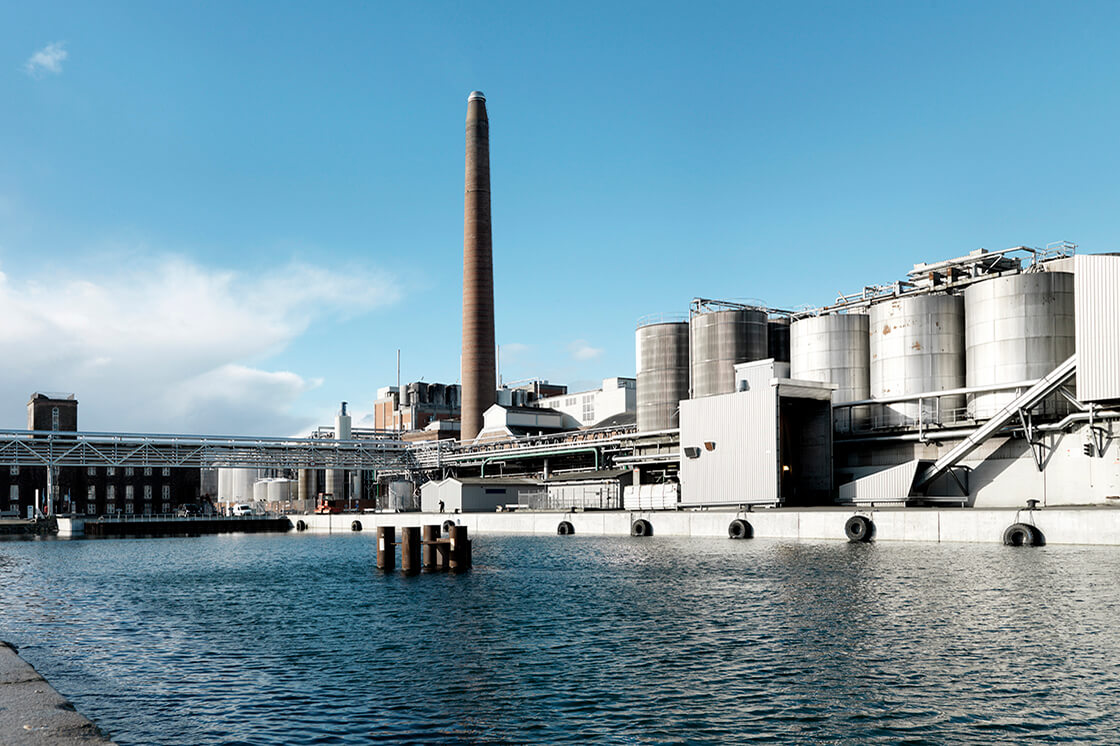Abstract:
When evaluating the energy efficiency of district heating systems, it requires careful consideration of system boundaries, as conclusions about a system's performance can vary greatly depending on how broadly or narrowly the system is defined. While a narrow focus (e.g., only on the distribution network) might show one system as more efficient, expanding the boundary to include heat generation or end-user systems can reverse that conclusion.
Examples demonstrate how lowering operating temperatures can result in small efficiency gains at a narrow boundary (e.g., 5% less heat loss) but much larger improvements and economic benefits (e.g., a 29% system efficiency increase and over 17x higher cost savings) when viewed across the full system.
The whitepaper also underscores the roles of building technical installations (BTIs) and end-user behavior, showing that optimized BTIs and user engagement can not only lead to lower thermal demands, but also reduced operating temperatures, which in turn can lead to significant cost reductions, and improve overall system efficiency.
To truly understand and maximize the value of efficiency improvements in district heating, it is essential to adopt a broad, holistic system boundary approach, that includes upstream and downstream impacts. This approach not only reveals greater efficiency gains but also supports the transition to low-carbon, renewable heat supply systems, by increasing the understanding of how the different elements of the energy system impact each other.
Introduction:
When working in the district heating sector it is common to hear the question: What defines an efficient district heating system? While on the surface this should be an easy question to answer with simple statements like: A system that has low heat losses, cost, emissions or a high share of renewables… The reality, however, is a bit more nuanced. To properly address this question, we need to define the system boundary, as well as the parameters for evaluating the system’s efficiency, as these can significantly impact the conclusion of whether the system is efficient. This whitepaper primarily focuses on energy efficiency, and touches on cost efficiency, where relevant.
With a narrow system boundary that only includes the distribution network, we could conclude that system A, which supplies an area with high building density and has low relative distribution heat loss, is energy efficient, and system B, which supplies an area with low building density and has high distribution heat loss, is energy inefficient.
However, if we extend the system boundary to include the heat plant, the importance of the heat plant’s efficiency might be greater than the isolated efficiency of the distribution network. For example, if system A is supplied by a coal boiler and system B is supplied by a heat pump, we might shift our perception of which system is more efficient from system A to system B.
The historical development of district cooling is described in [8], where the 1st generation is an industrial refrigeration system, followed by the 2nd generation which changes the distribution medium to water and applies economy of scale, the 3rd generation which is defined by diversification of cooling sources and the 4th generation which positions DC within the smart energy system. Unlike DH systems DC systems are generally built for serving large buildings with cooling demand all year, such as office buildings, malls and buildings which in addition to cooling loads due to climate condition have cooling demands due to internal heat gains, such as ventilation, humidity control and operation of electronic equipment.
With the transition from fossil fuels district heating (DH) is well positioned for becoming the lead heat supply system for urban areas in heat demand dominated regions. The question however remains how well-suited DH is compared to individual heat pumps for replacing natural gas-based heating in regions with both heating and cooling demands. The benefit with individual heat pumps in warm climates is the near one-to-one replacement of existing gas boilers and the simple change of the drive energy supply from the gas grid to the power grid. Further, the heat pump will give the ability to fulfill domestic hot water (DHW), space heating and cooling demands using the same unit. This individual electrification of the heating demand may although pose challenges to the power grid, namely require potential grid strength enhancements and large renewable power generation capacity, that will stand idle during large parts of the year due to seasonality of building thermal demands.
Meet the authors


Related solutions
-
if (isSmallPicture) {


 District cooling
District coolingDistrict cooling is an environmentally friendly and energy efficient cooling supply that enables a green future with substitution to renewable energy.
-
if (isSmallPicture) {


 District heating
District heatingUnlock the grids full potential with end-to-end district energy solutions and get actionable insights enabling continuous optimization and optimal temperature control on both demand and supply side.







